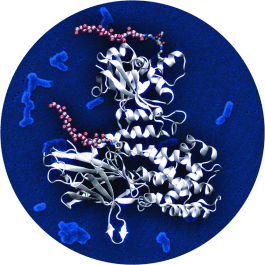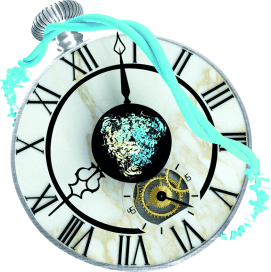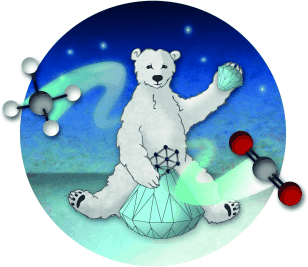Cover Picture: Uranium from German Nuclear Power Projects of the 1940s— A Nuclear Forensic Investigation (Angew. Chem. Int. Ed. 45/2015)
Graphical Abstract
Nuclear forensics was used to trace the history of two pieces of uranium metal, which are purported to originate from the first German nuclear reaction experiments in the 1940s. In their Communication on page 13452 ff., M. Wallenius et al. compared the macroscopic sample properties with literature information and determined the production date and source of the uranium samples.

Nuclear forensics was used to trace the history of two pieces of uranium metal, which are purported to originate from the first German nuclear reaction experiments in the 1940s. In their Communication on page 13452 ff., M. Wallenius et al. compared the macroscopic sample properties with literature information and determined the production date and source of the uranium samples.
Glycoproteins
Programmable Materials
High-Pressure Phases







